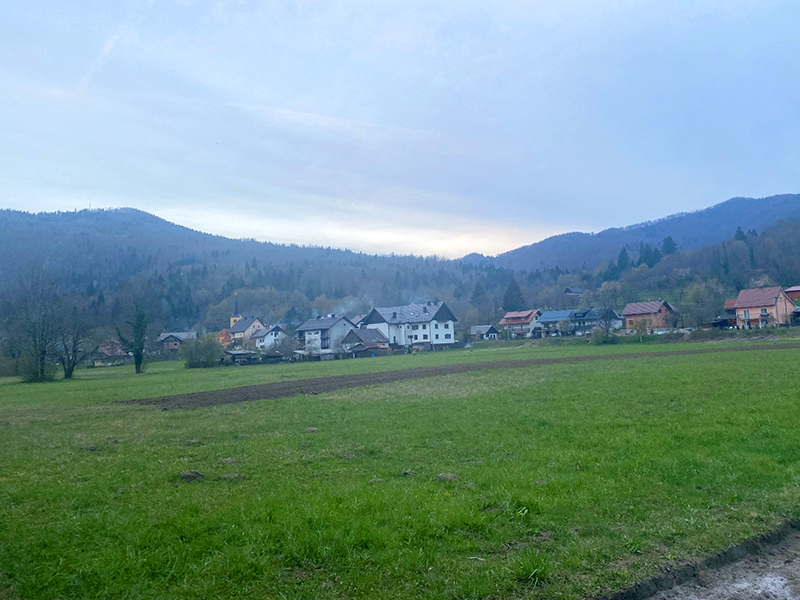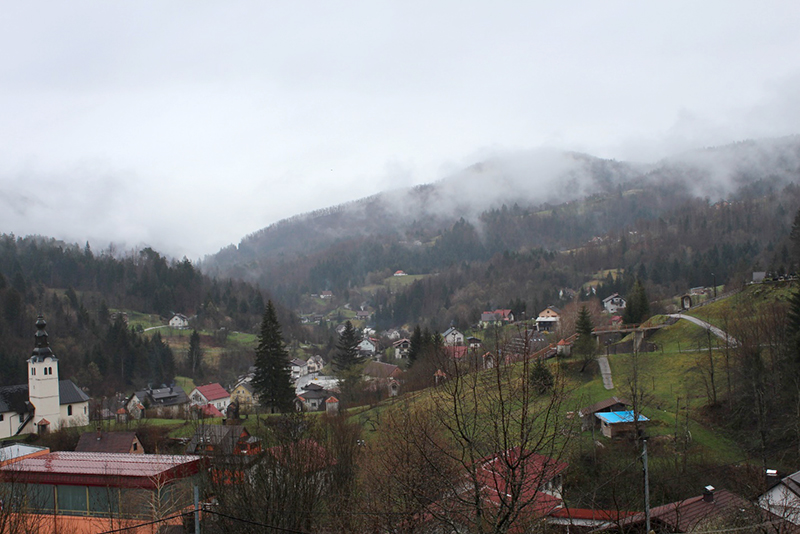Gorski kotar (19.032 inhabitants) is a mountainous region situated in the northeast of the Primorje-Gorski kotar County in Croatia and it includes three towns and six municipalities. Settlements are dispersed with a relatively small number of inhabitants. This part of Croatia is economically poorly developed and still subject to strong depopulation. Because of rapid industrialization and urbanisation, the 1960s and 1970s saw the “exodus” of the Gorans (inhabitants of the region) directed to larger urban centres in Croatia and Western Europe. Since then, Gorski Kotar has been characterised by extremely poor demographic trends, which show that Gorski Kotar reached almost extreme depopulation and in the framework of such movements, not even a simple reproduction of population is possible. According to the 2011 census, there were 18 inhabitants per square km in Gorski Kotar, and according to the 2021, there were 14,92. In 1890 Gorski Kotar had 48,484 inhabitants.
Authors: Lana Peternel, Katarina Polajnar Horvat
Types: ETHNOGRAPHY, HISTORY, OBSERVATION, VISUAL ESSAY
Theme: Ecology, Water, Postsocialism, Connectivity, Bordering, Borders, Tourism






From the Field Notes and current reading list
Nothing is more obvious in this project than the fact that isolation is a multi-layered concept. Gorski Kotar and isolation are synonymous in terms of analytical presuppositions. Gorski Kotar as an isolated research site and isolation as an analytical concept. A beautiful, abandoned, isolated area with a multi-layered meaning of isolation. It’s not only a fact, but also an emotional experience that becomes clear in the interviews, for example, how one interviewee reacted when we introduced the project to her. She told us angrily, “Thanks for defining me,” glancing over her shoulder. We felt uncomfortable. We didn’t want to define her. We apologise for the project title. On this basis, I can honestly say that much has been written about Gorski Kotar in anthropology and ethnology in terms of its connectivity, significance and economic situation. However, through the anthropology of isolation in Gorski Kotar, we have approached another research phenomenon: the anthropology of water Andrea Ballestero (2019), The Anthropology of Water:
“It would be a truism, but also accurate, to start a review of the anthropology of water by noting its multiplicity—the endless variation of water’s semiotic, historic, political, and material forms. In the twenty-first century, anthropological thinking about water will take the concept of multiplicity as an analytic starting point rather than as a revelation. As researchers encounter worlds that unfold amid diverse waters, the critical project of the discipline will have to entertain new directions that will be profoundly shaped by changing climatic conditions and their ontological and political implications.”
“I have organized this review around four thematic clusters: (a) (in)sufficiency, (b) bodies and beings, (c) knowledge, and (d) ownership. The first cluster brings together works concerned with regimes of scarcity, excess, and even infinity—asking how these come into being and to what effect. The second cluster traces the role of water in shaping bodies and beings, reshuffling the politics of personhood and theorizing watery life-worlds as liquid media. The third cluster charts water knowledges by articulating their intersections, disencounters, and power to regiment ancestral and everyday worlds. Finally, the fourth cluster brings together scholars thinking about ownership and commodification and their social lives at the community, corporate, state, and transnational levels.”